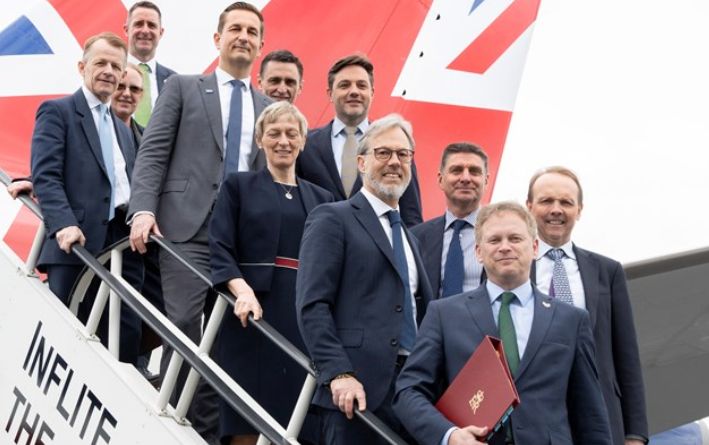One of the world’s largest multi-use electricity power lines is due to be built under the North Sea, according to plans released by the government.
The LionLink, which would be enough to power 1.8 million homes, will connect the UK and the Netherlands with offshore wind farms, providing clean, affordable and secure energy.
Traditionally, interconnectors will connect two countries, but the multi-purpose LionLink will join the UK and Netherlands to each other as well as with offshore wind farms in the North Sea.
The new LionLink, which will carry 1.8GW of electricity and be developed by National Grid Ventures and TenneT, will be operational by the early 2030s. According to current government plans, the North Sea energy sector could see as much as £20bn a year in investment, it is claimed, providing 40,000 green jobs to the UK coastal communities.
The government announced the project between the UK and the Netherlands following Energy Security Secretary Grant Shapps leading a British delegation to a North Sea Summit in Belgium yesterday (24 April).
Energy Security Secretary Grant Shapps said: “(The) historic deal with the Netherlands connects our two countries together through this exciting feat of innovation and engineering – the largest of its kind in the world which will provide enough electricity for more homes than in Manchester and Birmingham combined.”
Ben Wilson, President National Grid Ventures, said: “Connecting wind farms to multiple markets simultaneously is a game changer for energy infrastructure and brings us one step closer to realising the enormous green energy potential of the North Sea. Not only can we deploy every spare electron where it is needed most, we can help to reduce the impact of infrastructure on coastal communities.
“We now need the right political, legal and regulatory framework to make it happen and establish a mutually beneficial North Sea grid to deliver a cleaner, fairer, more secure and more affordable energy future for British and European consumers.”
Manon van Beek, CEO of TenneT, said: “It is our conviction that offshore hubs configured in a meshed DC grid must form the backbone of the North Sea powerhouse. This is a view that is increasingly shared, and for us, it is more than a vision of the future.”
Minister Rob Jetten, Climate & Energy for the Netherlands: “This new connection further boosts energy security and energy independence in Europe. Close collaboration on offshore wind energy and interconnection amongst the North Sea countries is imperative. So in case there is a surplus of wind generated electricity, it can be shared instantly to locations with a shortage of power, and vice versa.”
Danish Minister for Climate, Energy and Utilities Lars Aagaard said: “Both Denmark and the UK have a long tradition for utilising our windblown shores for the green transition and together I believe we can contribute to an even faster acceleration of the build out of renewables in the North Sea.”
Image courtesy of the Department for Energy Security and Net Zero















